You are here
Dylan Edwards, Ph.D., P.T.
Biography
Research
My main research interests focus on understanding and promoting neuroplasticity following brain lesion, and in particular, using controlled physical rehabilitation (robotics) combined with noninvasive brain stimulation of motor areas. I have a broad background and experience in clinical and basic neuroscience, as well as physical rehabilitation.
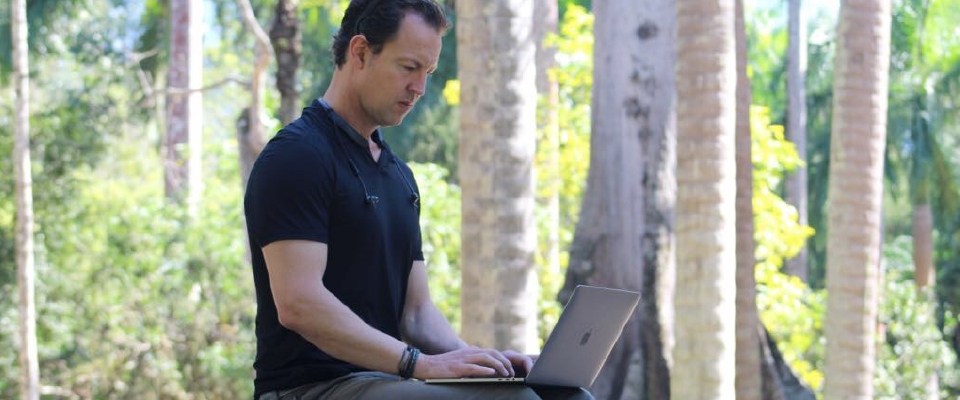
I have accumulated over 15 years of experience with the application of Transcranial Magnetic Brain Stimulation and more recently Transcranial Direct Current Stimulation (tDCS), and I possess a sound understanding of motor training and skill acquisition. This work commenced in 1994 with research involving healthy, skilled individuals, mapping cortical representations of muscles of the skilled preferred arm compared with the non-preferred arm. This was followed by investigations of how afferent information from moving limbs interacts with descending motor information. A number of studies were conducted to investigate aspects of movement kinematics and corticospinal excitability in healthy subjects. The purpose of these studies was to understand how proprioceptive information shapes movement output, and to provide an understanding of what might be occurring during passive movement therapies that form part of physical neurorehabilitation. These studies conducted over a three-year period examined limb movement speed, range and phase. In addition, how information from moving limbs affects different body parts was assessed, and the question of whether this projected to stationary but functionally related areas was investigated. This was further examined in a longitudinal case study in chronic stroke.
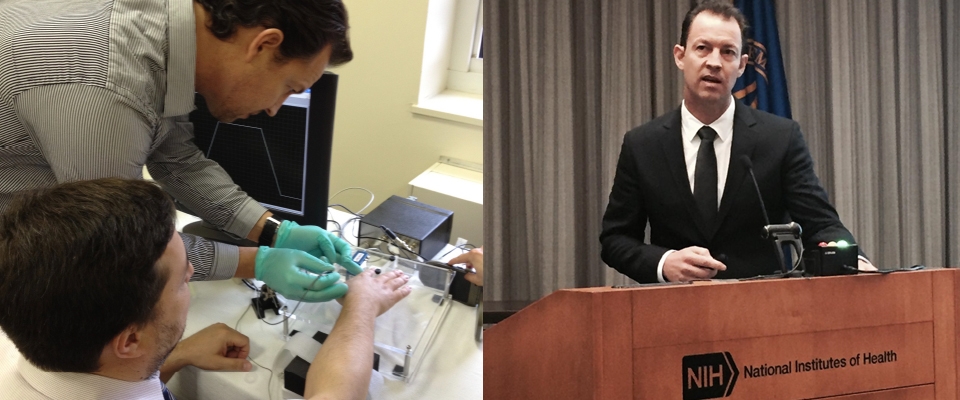
In parallel to these studies I have conducted separate work focusing on enhancing motor function in patients with myositis using exercise therapies, with the development of novel strategies to provide suitable muscle overload without additional muscle degeneration. These included interventions designed to improve aerobic capacity. I have provided quantitative balance assessment for patients with orthostatic tremor, as well as Parkinson’s disease pre and post deep brain stimulation. I have been involved in the development of a novel rTMS technique known as iTMS (I-wave TMS) that leads to a progressive rise in corticospinal excitability, while using a lower dosage and intensity than conventional excitatory rTMS techniques. This work led to the application of iTMS in chronic stroke patients where it was shown to improve function in upper limb tasks. A larger study is presently under way. We have commenced work assessing basic physiological interactions of triple-pulse TMS delivered at I-wave intervals of 1.5ms. This appears to enhance excitatory networks and may prove to be a promising technique for neuromodulation.
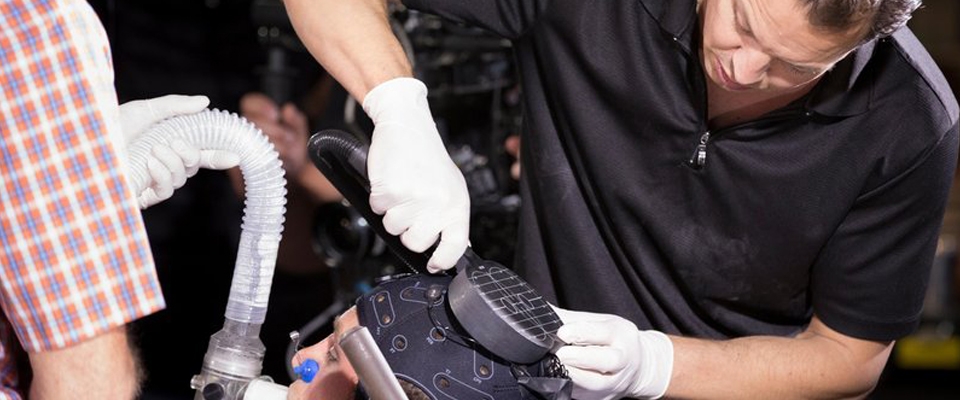
My principal interest is in motor rehabilitation following neurological injury (stroke, spinal cord injury, and traumatic brain injury), and the majority of work has been in stroke. In 2007 I orchestrated a collaborative effort between MIT (robotic rehabilitation lab, engineering), the Burke Medical Rehabilitation Institute, neurorecovery and robotics section, and the Center for Non-Invasive Brain Stimulation, Beth Israel Deaconess Medical Center, to investigate the novel combination of robotic movement therapy and brain stimulation. This led to a successful study, which has been presented internationally and published. These findings received wide interest and a full research proposal was subsequently funded by the NIH, with Dr. Edwards as the Principal Investigator, to examine these effects in a larger cohort, and to establish clinical significance. From 2005 and 2006 I established a funded Stroke / rTMS study between the major teaching hospitals in Western Australia. I have supervised and trained therapists/research assistants, and have completed the associated administration (e.g. IRB process). I have previously visited and presented at a number of reputable scientific laboratories in the field of human motor control and rehabilitation including University College London (Queen Square), Karolinska Institute Stockholm, and Monash University Melbourne. I have been interviewed by local and international media pertaining to my work and leading to printed publication (community and international newspapers).
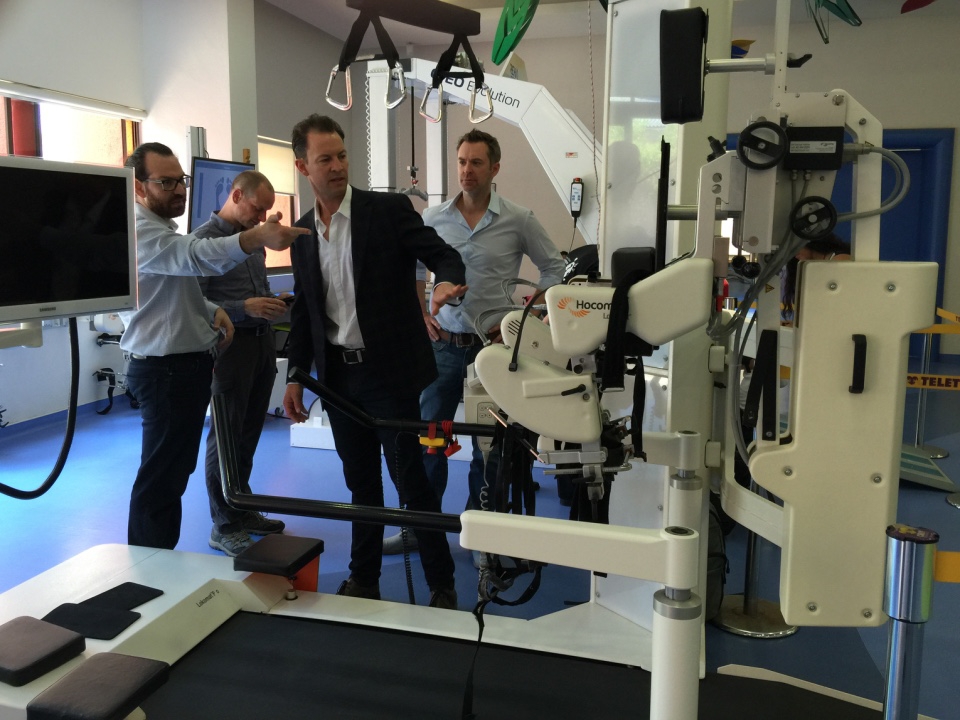
Teaching
I have successfully supervised 10 research, higher degree students in the field of motor rehabilitation, proprioception, and magnetic brain stimulation. Two of these students have received formal accolades for this work, including Australian government awards for science and innovation, and the work has been presented internationally. I have approximately 12 years experience lecturing at tertiary level in the areas of human motor rehabilitation, motor control and skill acquisition, and clinical neuroscience. This includes over 1,000 hours lecturing to more than 3,000 students at undergraduate and post-graduate levels. I have been recruited as a consultant for practical and theoretical aspects of human motor function testing in Malaysia and Singapore. I have lectured to students on topics of motor control and learning in relation to motor rehabilitation at three separate Universities in Western Australia, and various countries across the world in on-line format. I currently teach three times per year in a Harvard Medical School course, which I also co-direct. Students in this course are local, national and international (including Australia) and are typically medical doctors or Ph.D. graduates. I have the privilege to assist with the research training of some of the leading physical medicine specialists in the United States, through my clinical laboratory at the Burke Medical Research Institute and adjacent Burke Rehabilitaton Hospital.

Clinical
My clinical experience in motor rehabilitation has involved working with traumatic brain injury, stroke, Parkinson’s disease, inclusion body myositis, polymyositis, spinal cord injury, multiple sclerosis, chronic pain, peripheral neuropathy, developmental coordination disorder and cerebral palsy. I have also worked with orthopaedic outpatients for retraining of correct movement patterns. This work was conducted in three separate locations as a part-time clinical load over five years, including an inpatient stroke rehabilitation ward, an outpatient movement disorders hospital clinic, and a private outpatient clinic. In addition, I have advised graduate students and clinicians on movement control issues for their patients, and I have conducted many hours of pro-bono work relating to physical rehabilitation or community education. I currently supervise clinical research in a facility that admits over 500 patients per year, as well as interstate and international operations. My clinical research expertise has been recognized through invitations to review and comment on some of the largest recent Neurorehabilitation Mulitcenter Clinical Trials in the United States, via the American Physical Medicine and Rehabilitation Society, and the American Society for Neurorehabilitation.
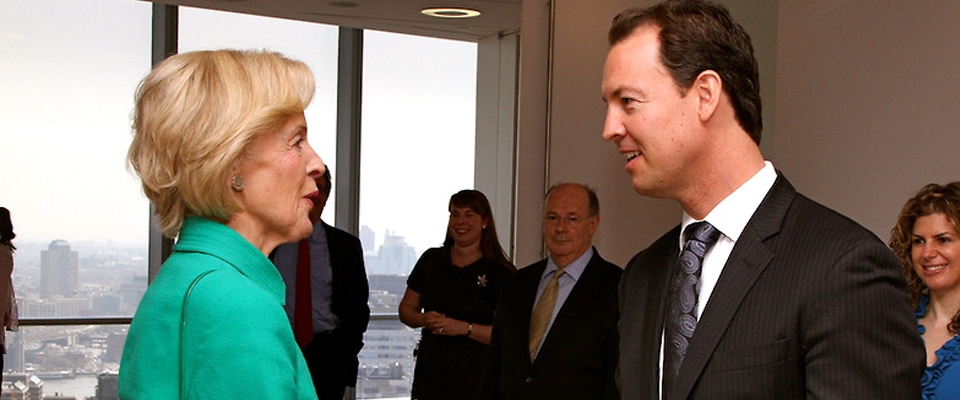
In summary, my collective experiences have lead me to pursue research using established and developing technologies to understand control of human voluntary movement, and functional recovery following neurological damage. Existing strategies to enhance motor function following stroke are suboptimal, leaving patients with considerable disability. A greater understanding of motor recovery, refinement of existing strategies, and development of new methods is warranted. The robotic movement devices represent the most sophisticated interactive rehabilitation systems available, and are additionally appealing for their ability to quantify various aspects of movement. TMS is an accepted tool to probe changes that might occur with training, however the promising neuromodulation method is to use TMS or tDCS to prime the brain for the activity-dependent plasticity induced by training.

